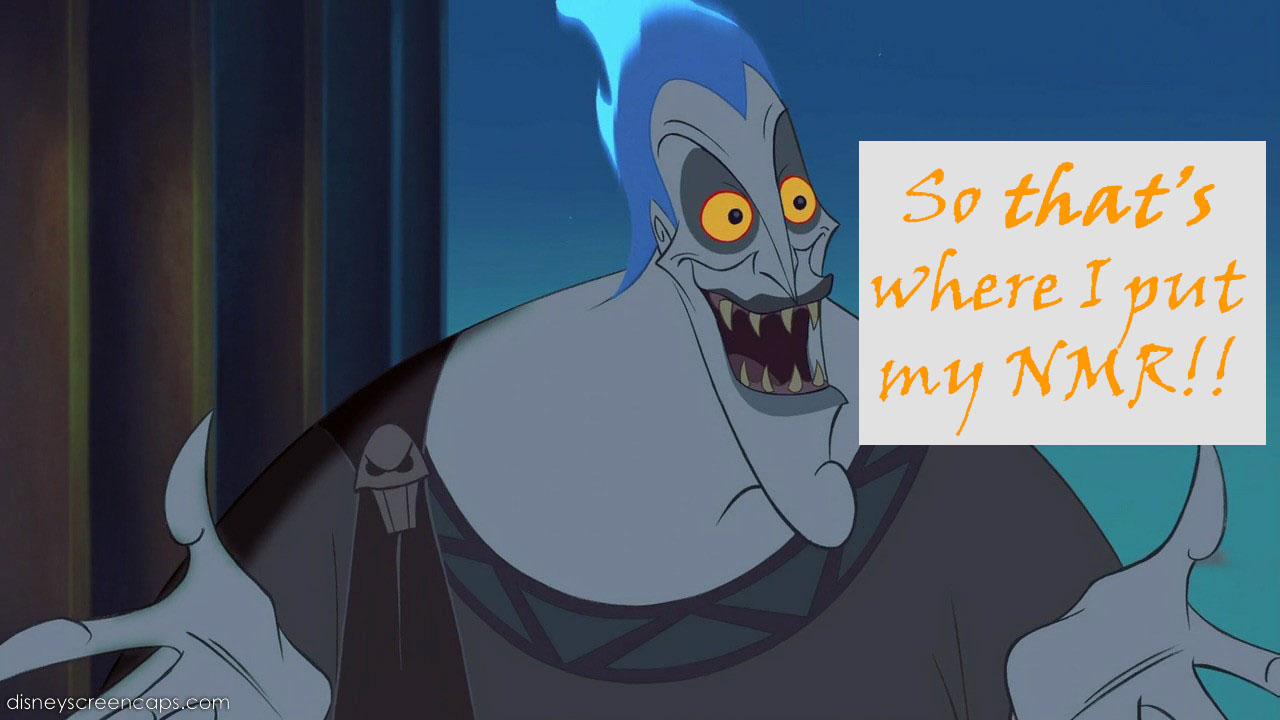.png)
.png)
Assignment |
Shift (300 MHz) |
Integration |
Splitting Pattern |
J-Values |
Assignment |
Shift (300 MHz) |
Integration |
Splitting Pattern |
J-Values |
A: |
2.62 ppm |
2H |
Broad Singlet |
|
I: |
7.71-7.67 ppm |
1H |
Multiplet |
|
B: |
5.49-5.46 ppm |
2H |
Multiplet |
|
J: |
2.12-1.89 ppm |
2H |
Multiplet |
|
C: |
5.92-5.89 ppm |
2H |
Multiplet |
|
K: |
2.12-1.89 ppm |
2H |
Multiplet |
|
D: |
4.27 ppm |
2H |
Singlet |
|
L: |
4.8-4.78 ppm |
1H |
Multiplet |
|
E: |
6.82 ppm |
1H |
Doublet |
J = 15.2 Hz |
M: |
5.49 ppm |
1H |
Multiplet |
|
F: |
7.29 ppm |
1H |
Doublet |
J = 15.2 Hz |
N: |
0.11 ppm |
6H |
Singlet |
|
G: |
7.92 ppm |
2H |
Doublet |
J = 7.6 Hz |
O: |
0.91 ppm |
9H |
Singlet |
|
H: |
7.61-7.57 ppm |
2H |
Multiplet |
|
|
|
|
|
|
Assignment |
Shift |
Integration |
Splitting Pattern |
J-Values |
A |
2.78-2,76 ppm |
2H |
|
|
B |
5.68-5.60 ppm |
2H |
Multiplet |
|
C |
6.12-6.07 ppm |
2H |
Multiplet |
|
D |
4.30-4.15 ppm |
2H |
Doublet |
J = 10 Hz |
E |
7.55 ppm |
1H |
Doublet |
J = 6.8 Hz |
F |
2.08-1.99 ppm |
2H |
Multiplet |
|
G |
2.08-1.99 ppm |
2H |
|
|
H |
2.08-1.99 ppm |
2H |
|
|
I |
3.49-3.47 ppm |
1H |
Multiplet |
|
